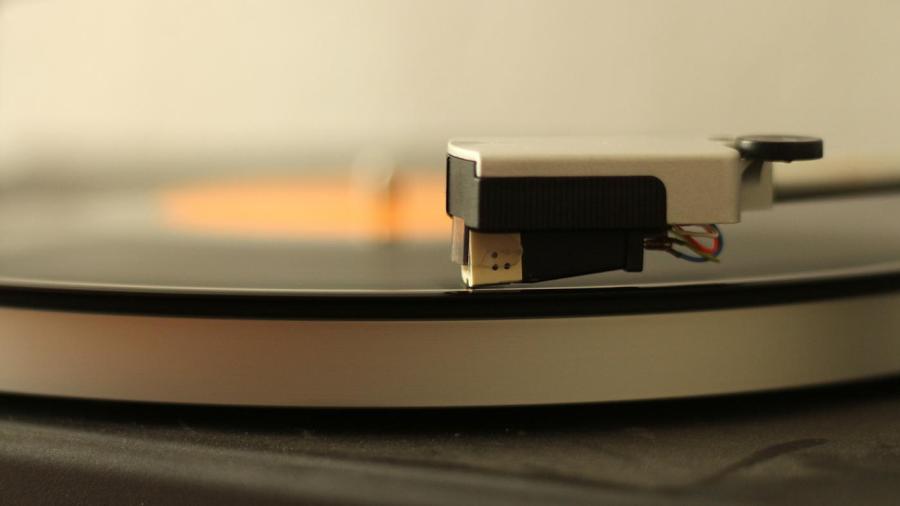What Is the Difference Between Analog and Digital Signals?

The difference between analog and digital signals is that an analog signal is a continuous electrical message while digital is a series of values that represent information. Analog is conveyed by electrical current variations. Digital signals are relayed as a series of values that a device can read, such as a digital television.
A signal is data that is being sent out from one place to another. Sound is an analog signal that degrades over time and space, which in some cases, prevents it from being as clear or accurate as digital. Digital is a representation of analog stored as signals, which could be compared to Morse code. Because large amounts of data can be transmitted by these signals, digital is faster and more efficient than analog.
Some studios record analog first, and then convert the sounds to digital. Digital recordings can also be duplicated endlessly, whereas analog recordings deteriorate with each copy. Analog recordings are also susceptible to physical damage, which is why many old films and albums no longer exist. Analog can also be interrupted by different energies or waves, such as magnetism. According to How Stuff Works, some audio enthusiasts argue that analog sounds better, as it is able to capture extreme detail in a recording and is more true to the original audio, however, others maintain that digital signals have advanced to the point that they are identical to analog, in terms of sound quality.





